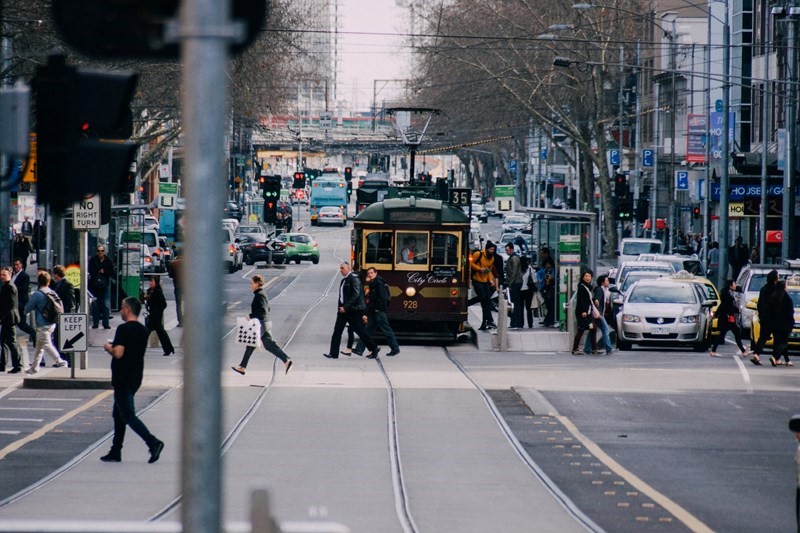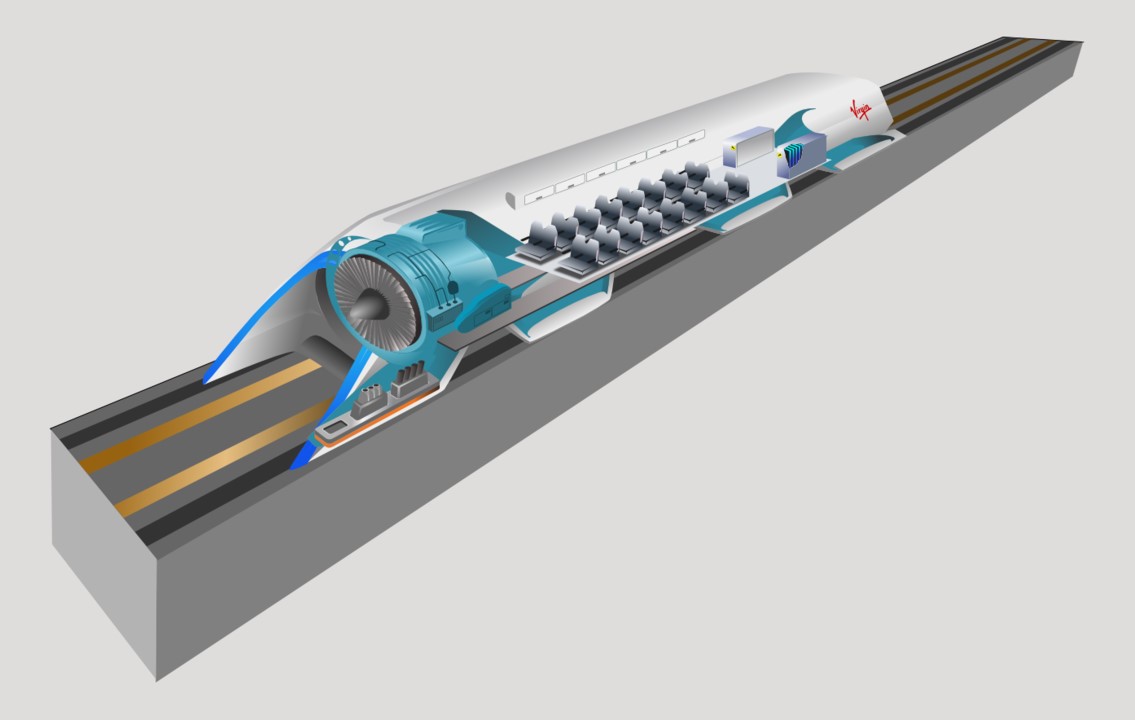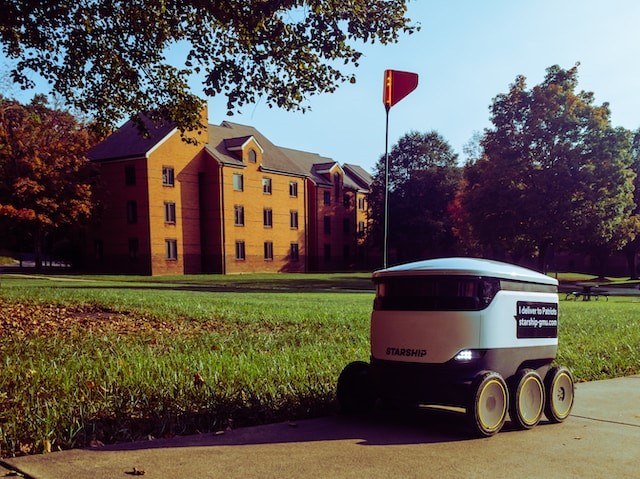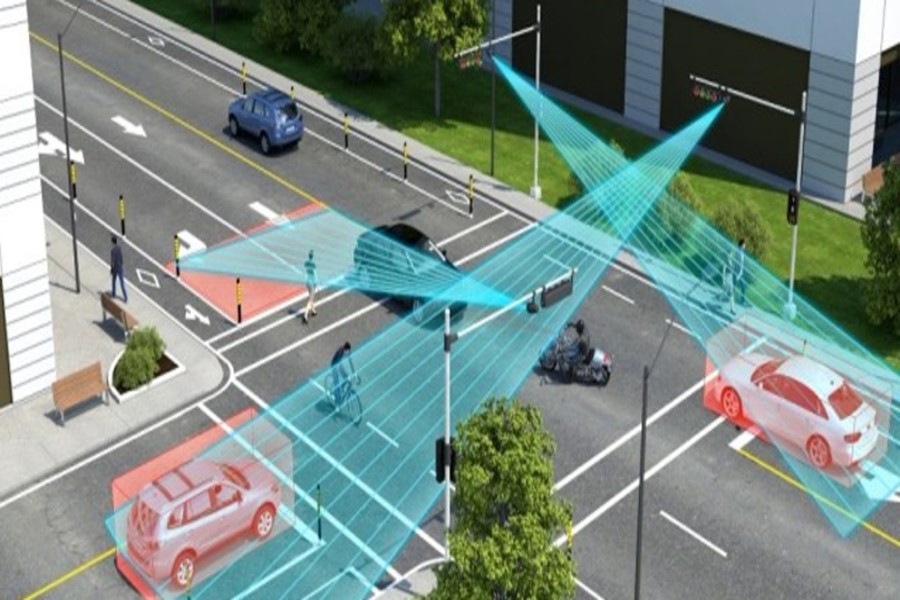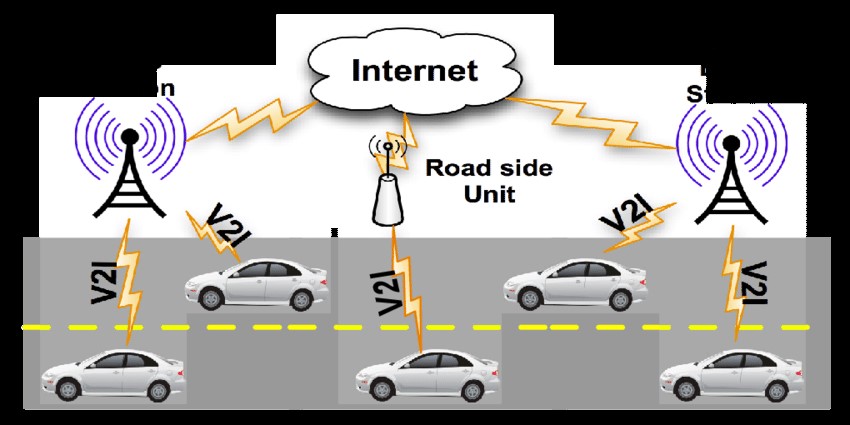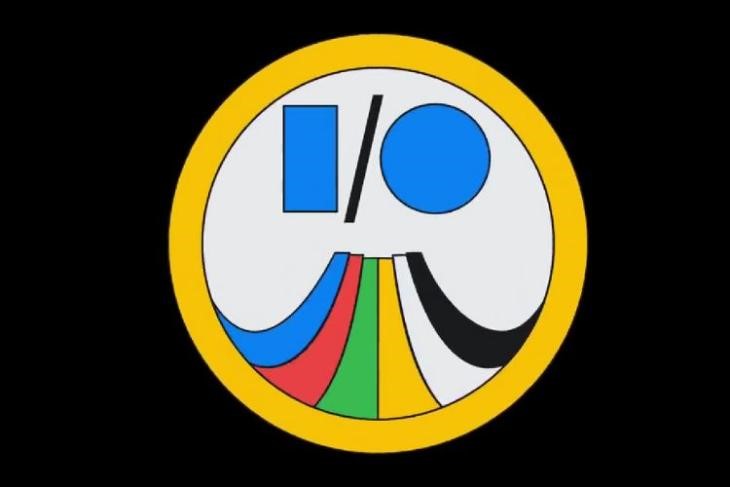Intelligent Transportation Systems (ITS)
Intelligent Transportation Systems (ITS) is an advanced technology that aims to improve transportation efficiency, safety, and sustainability through the integration of various technologies such as communication, information, and control. ITS uses real-time data to provide drivers, traffic management centers, and other transportation stakeholders with information that can help them make better decisions.
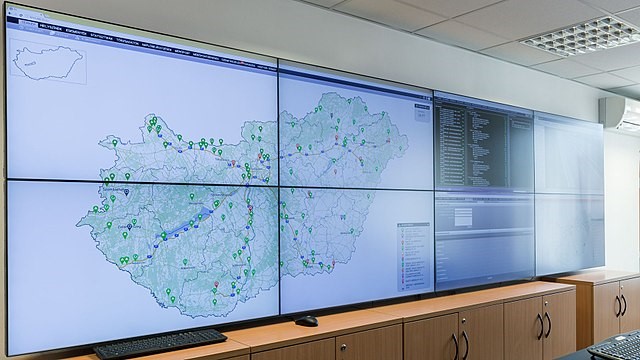
Figure 1. ITS graphical user interface displaying the Hungarian highway network and its data points
Figure 1 shows ITS. some key components and benefits of Intelligent Transportation Systems:
Real-time traffic data: ITS provides real-time traffic data through sensors, cameras, and other technologies. This data is used to monitor traffic flow, detect incidents, and provide information to drivers and transportation management centers.
Advanced traveler information systems: ITS provides travelers with real-time information on traffic conditions, transit schedules, and alternative routes through mobile apps, websites, and other communication channels.
Intelligent transportation infrastructure: ITS includes advanced traffic management systems, smart traffic signals, and other infrastructure that can help optimize traffic flow and reduce congestion.
Connected vehicles: ITS enables vehicles to communicate with each other and with transportation infrastructure. This communication can help improve safety and reduce traffic congestion.
Incident detection and management: ITS can detect incidents such as accidents, road closures, and weather events, and provide real-time information to drivers and transportation management centers to help them manage the situation.
Sustainable transportation: ITS can support sustainable transportation initiatives by promoting the use of public transportation, walking, and cycling, and by reducing the number of single-occupancy vehicles on the road.
Freight management: ITS can help optimize the movement of freight by providing real-time information on traffic conditions, alternative routes, and load planning.
Some examples of Intelligent Transportation Systems include advanced traveler information systems (ATIS), advanced traffic management systems (ATMS), advanced public transportation systems (APTS), commercial vehicle operations (CVO), and advanced vehicle control systems (AVCS). ITS can help improve transportation safety, efficiency, and sustainability, and it is becoming increasingly important as cities around the world continue to grow and face increasing transportation challenges.
References:
- By Cameramann - Own work, CC BY-SA 4.0, https://commons.wikimedia.org/w/index.php?curid=42867637
Cite this article:
Hana M (2023), Intelligent Transportation Systems (ITS), AnaTechMaz, pp.133





